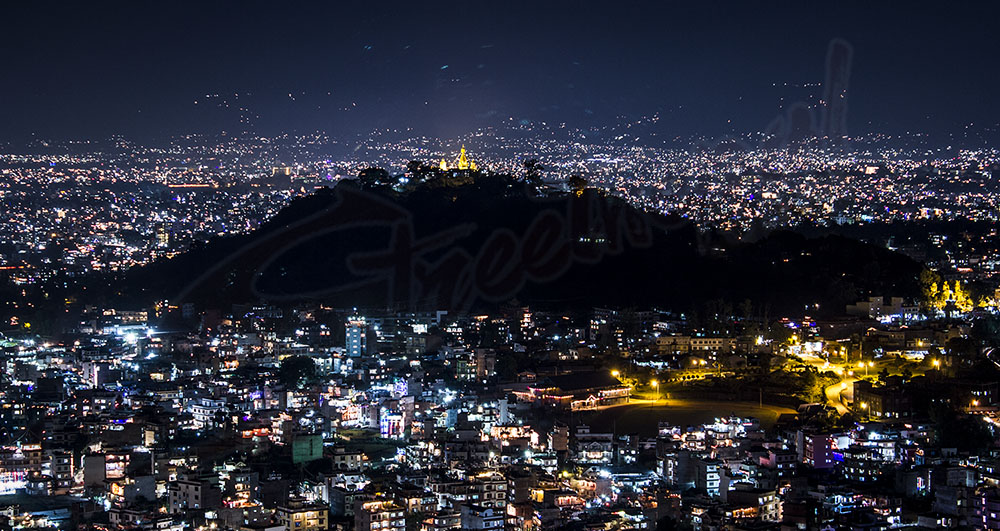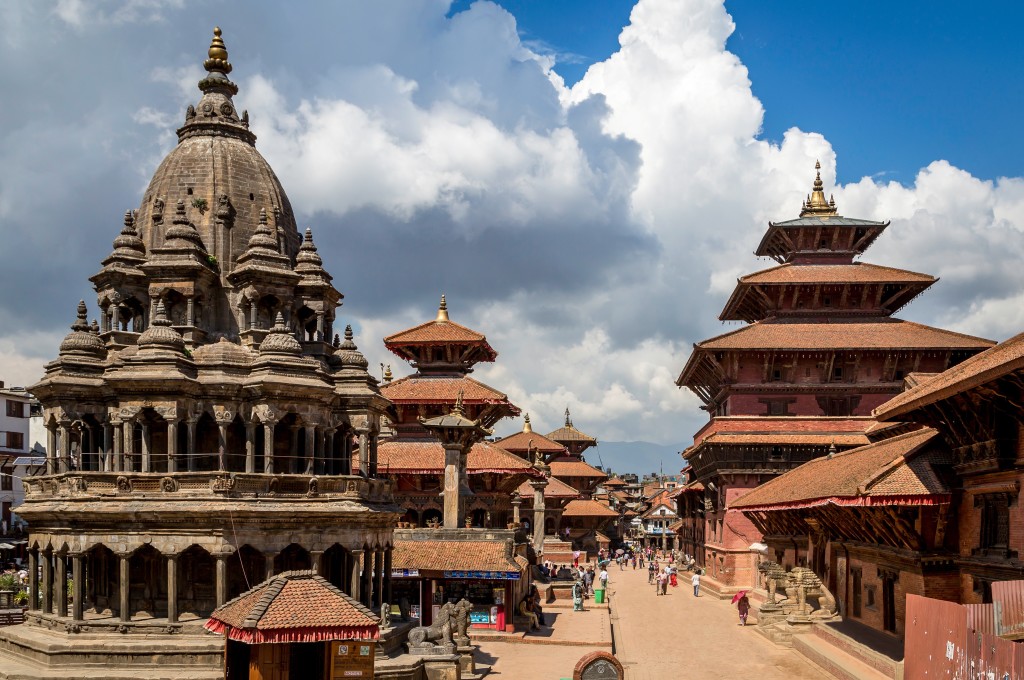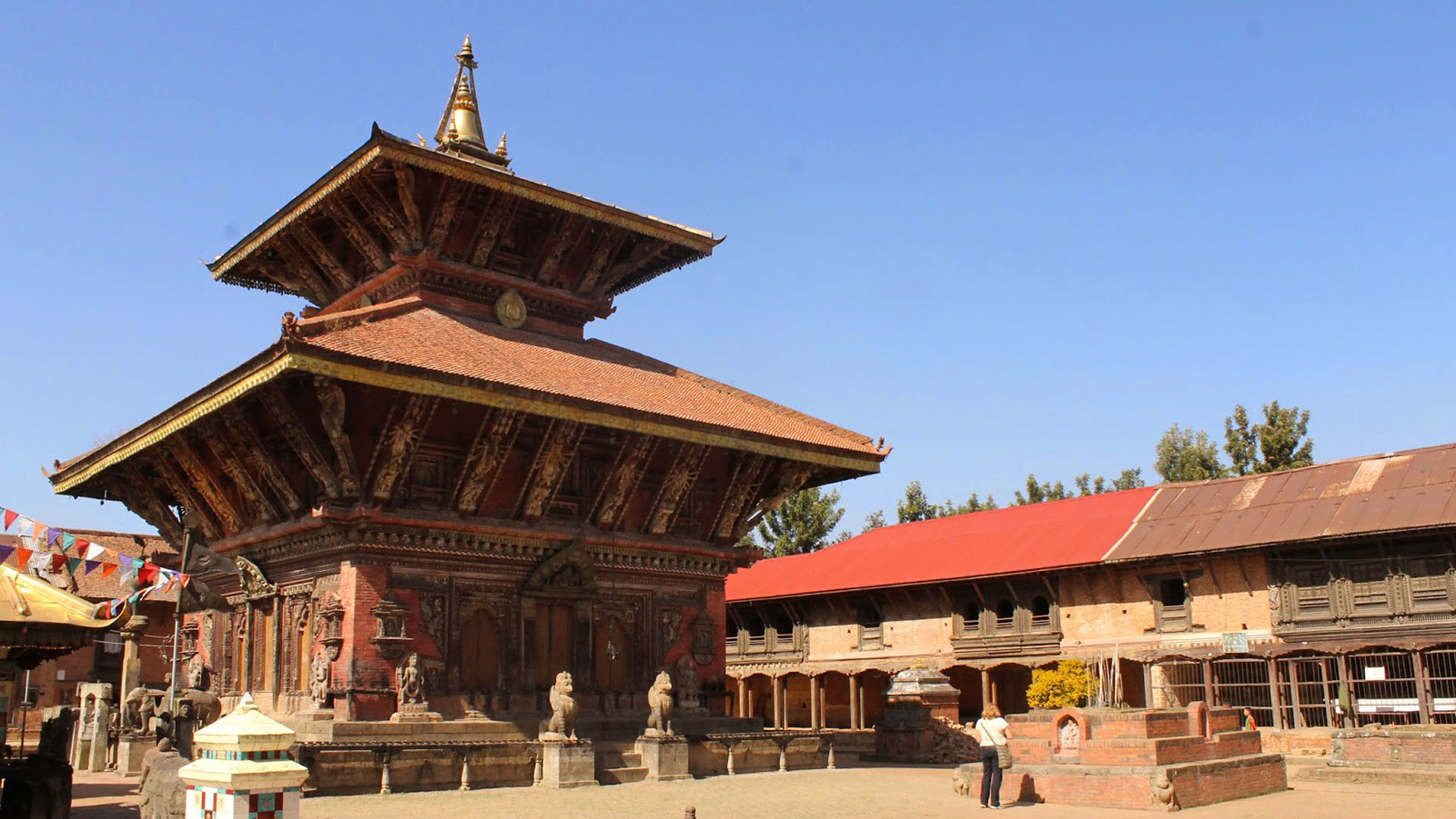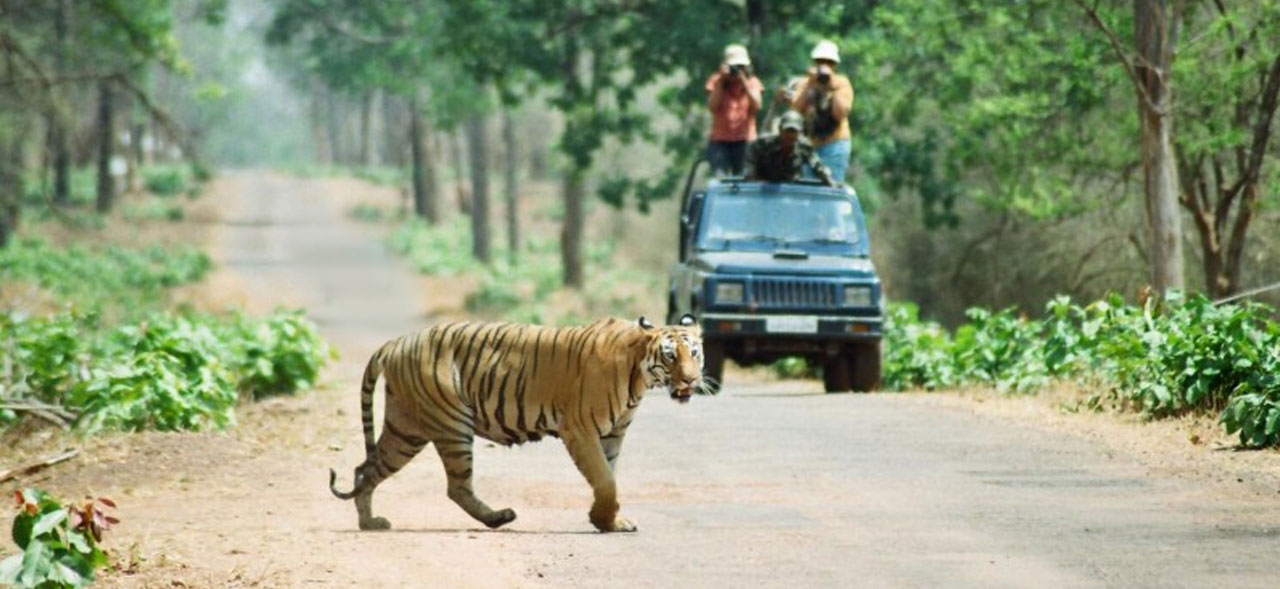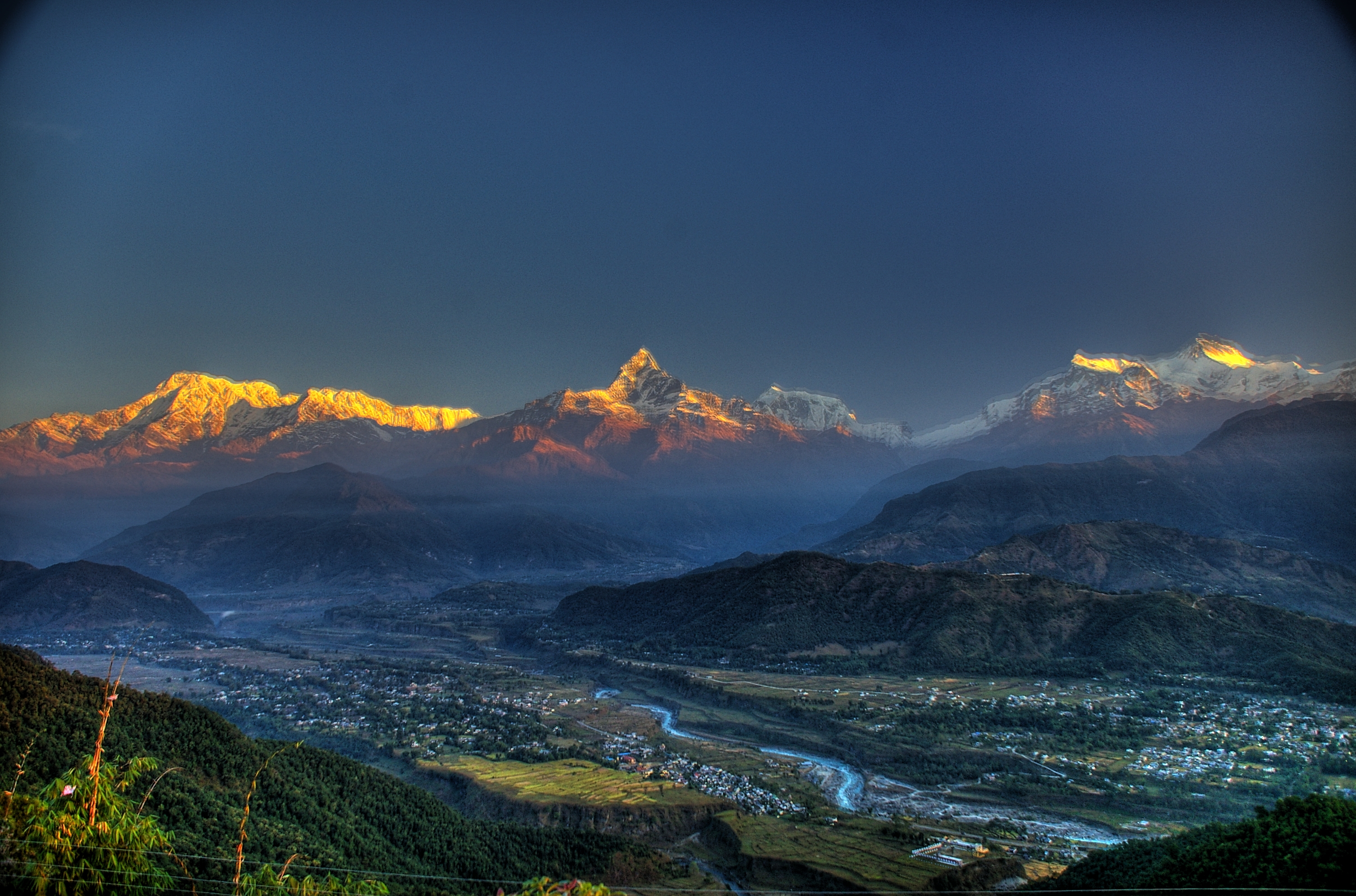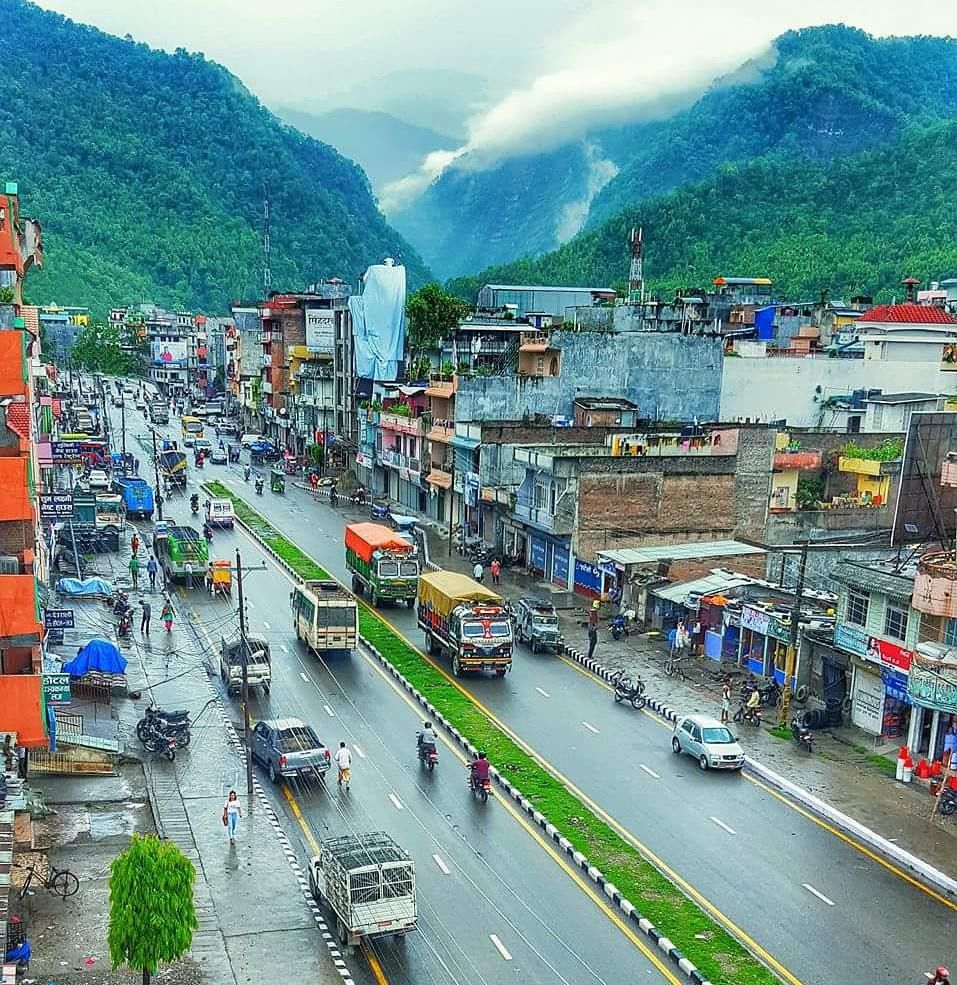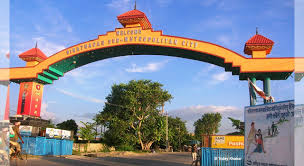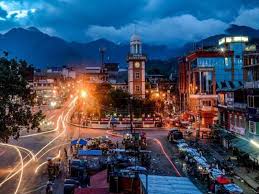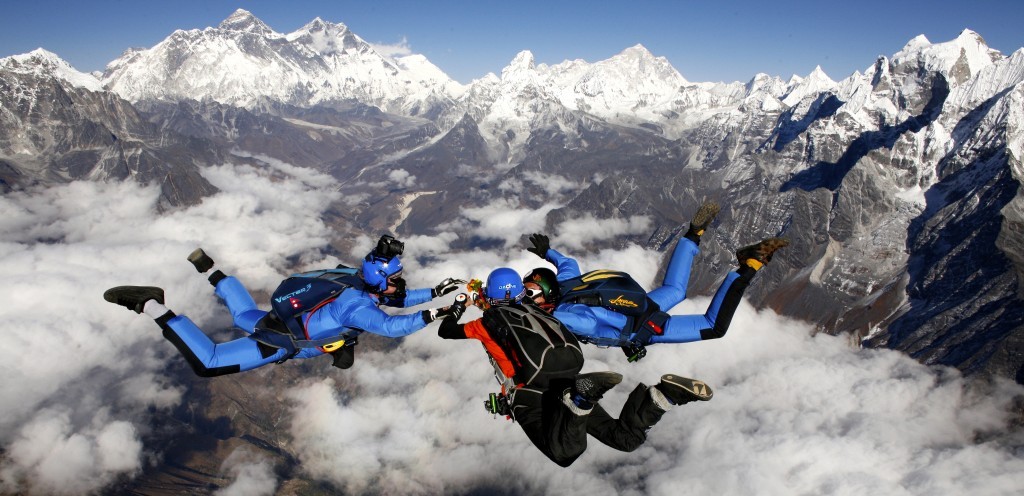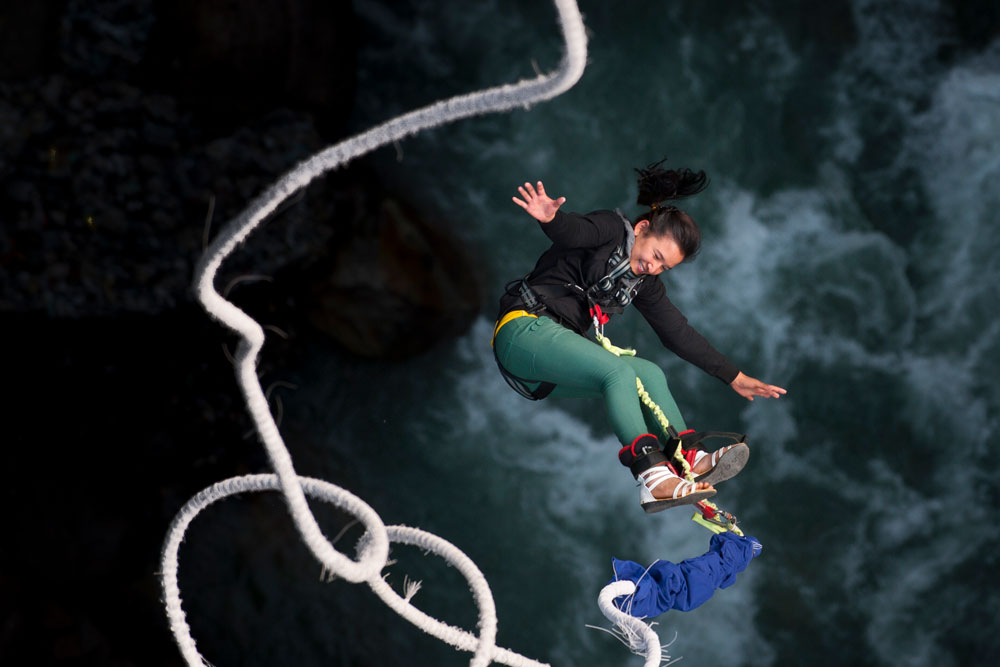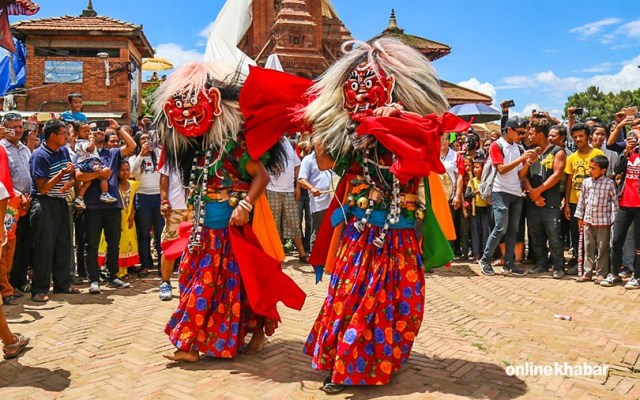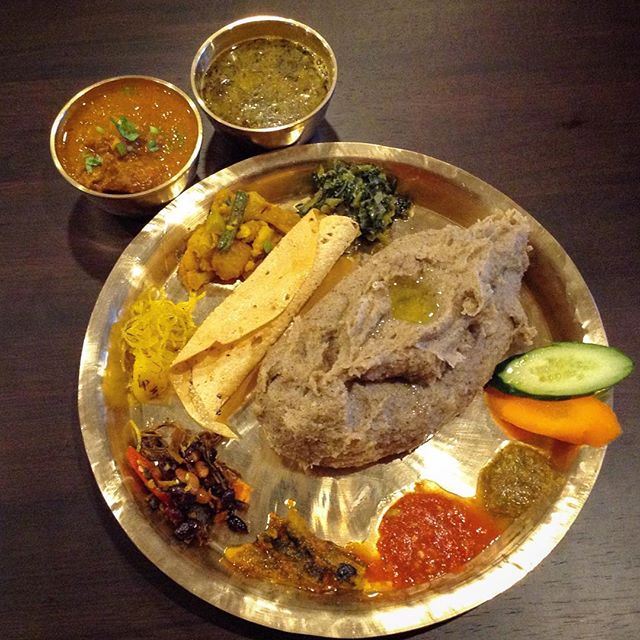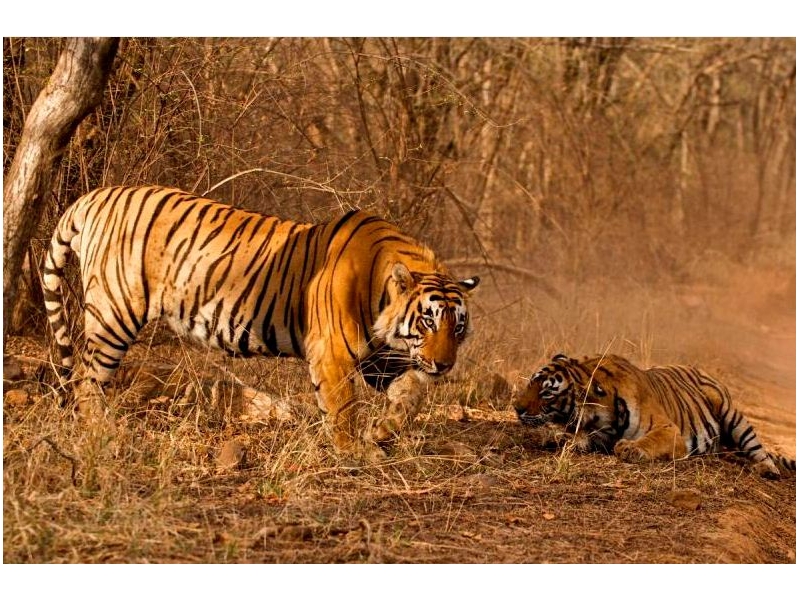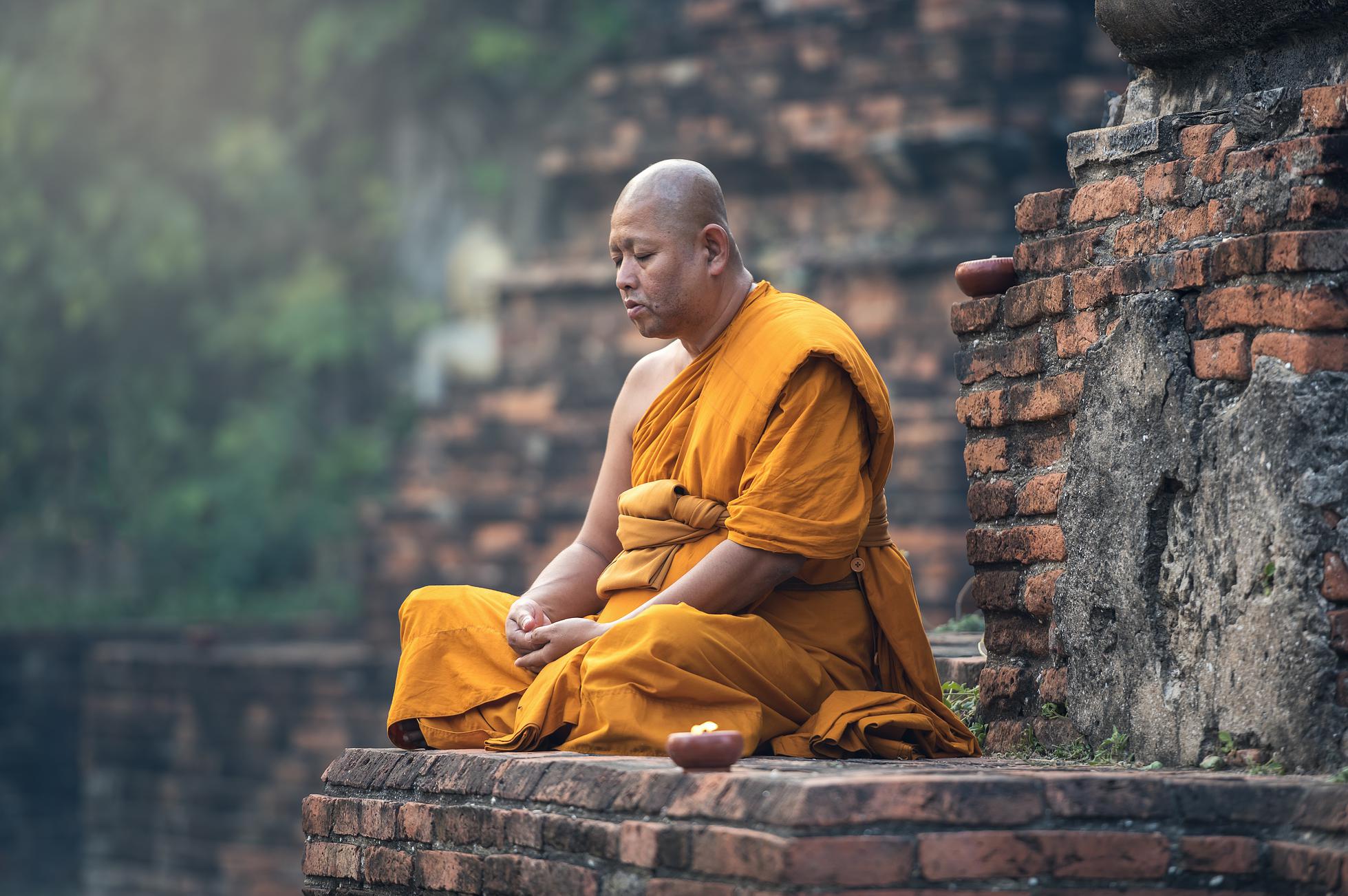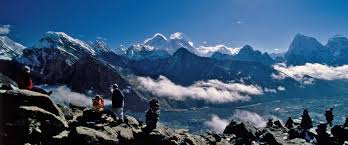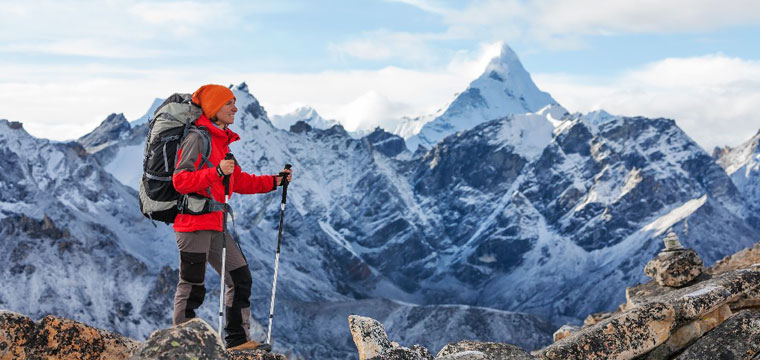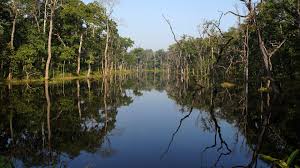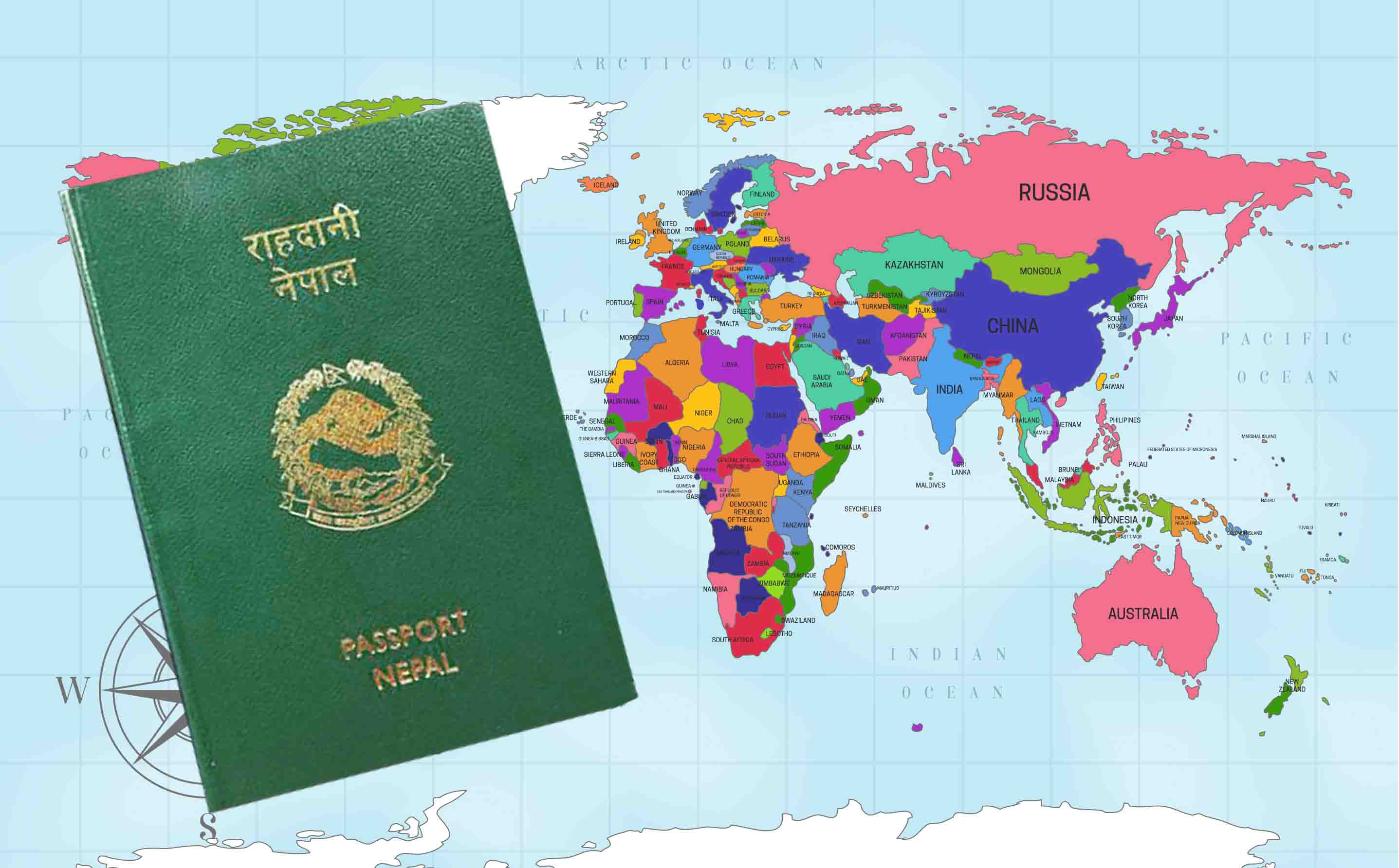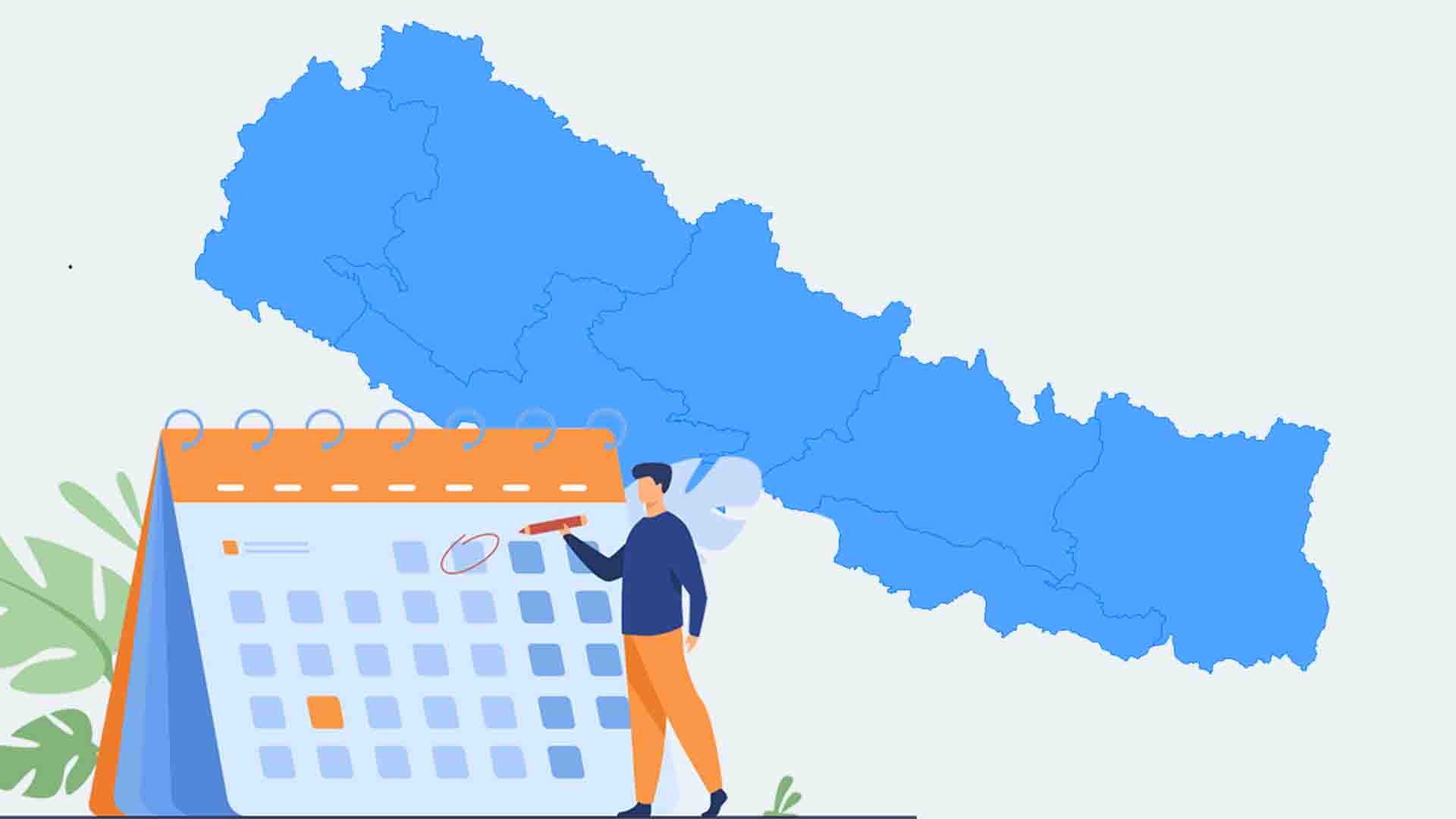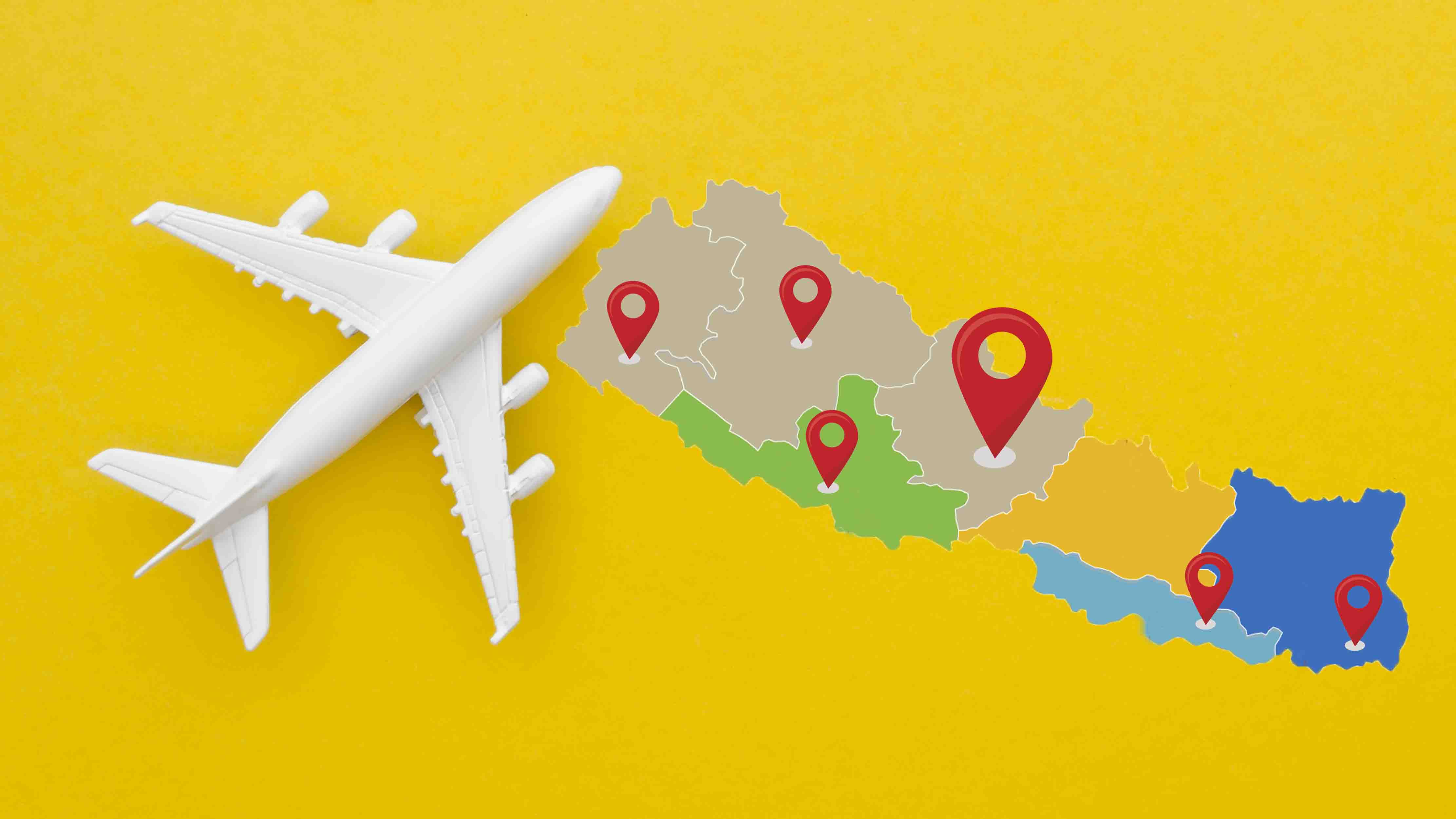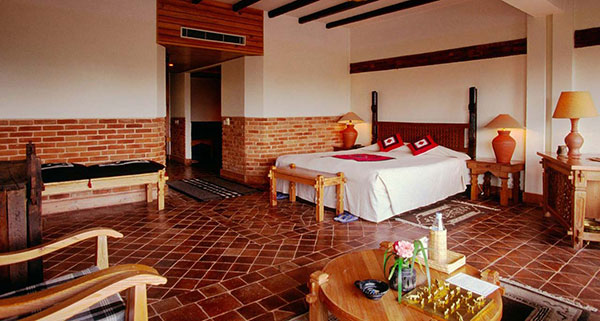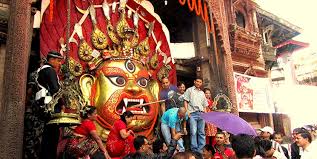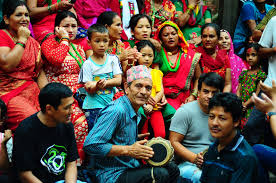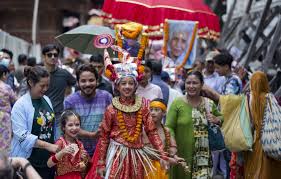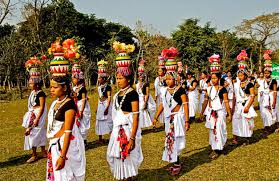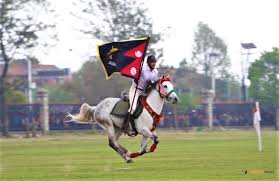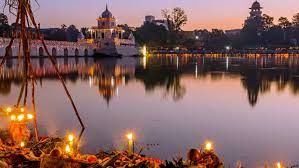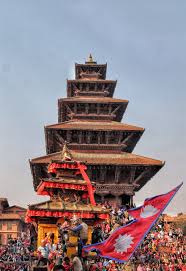Understand Nepal > festival > Indra Jatra
Indra Jatra
Indra Jatra is one of the exciting Jatras or parades of Nepal that have religious values and is associated with the Newar group of Hindu religion. This parade takes place annually and falls in August or September depending upon the lunar calendar. It occurs at the end of the monsoon season. There is a mythological tale behind the origin of this Jatra which is believed by the followers of this exciting festival.
According to the ancient legend, there was a young Jatra who came to earth in search of a flower Parijat to perform a certain ritual. Because Jatra was disguised as a farmer, the owner of the meadow caught him with the flower and imprisoned him in Kathmandu. After his mother Dagini could not find him for a long time, she became worried and came to Earth in search of him. The city folks were astonished to realize who the disguised farmer was and immediately released him.
Dagini appreciated their effort of prompt release of her son and in return, she promised to make enough dew even in winter so that the crops receive plenty of moisture. This event has been celebrated as Indra Jatra. Indra is the god of rain and hence it is celebrated to cherish the dew of winter after this incident of Dagini and her son.
The eight days long Indra Jatra’s main event is Kumari Jatra or Rath Jatra or Chariot Festival which occurs on the third and fourth days of the festival. On Kumari Jatra, the three-tiered chariot, which bears the Royal Kumari’s ornate palanquin, is pulled through Kathmandu.
After the pulling of the chariot, Royal Kumari is carried through the streets and then attended with two other living gods called Ganesh and Bhairav. The other two gods are also carried in the same way, but Royal Kumari is of the most importance. Some religious ceremonies take place with these living gods and goddesses.
The festival is one of the exciting ones and involves a lot of mass. People from different ethnic groups join the Jatra along with the dominant Newar ethnic group. The cities are full of people, mainly youth, who enjoy pulling the chariot. This festival marks the beginning of autumn and the end of monsoon. The wooden pole, made of pine, is erected at Basantapur Square, in front of Hanuman Dhoka Palace. The pulling out of Royal Kumari’s chariot is the most exciting sight which gathers a huge crowd. Hundreds of spectators surround the Palace Square which includes photographers and tourists as well.
Traditional Lakhey dance is the star attraction for viewers who dance furiously to the loud music of drums. The eight days long festival is beautiful and every evening the ancient shrines and temples associated with Durbar Square are decorated with oil wicks.
If you are in Kathmandu Valley in September, you should not miss this beautiful and exciting Jatra.








